The Indus Script and the Rg-veda
₹650.00
In stock
The Indus Script and the Rg-veda
Since the publication of the concordances of the inscriptions of the Indus seals many people have been working on the solution of the riddle presented by the 5000 years old indus script of the Indus valley. At first sight the task does not appear too difficult, as there are pictograms that can easily be recognized as man, bird, fish, dog or plant or a part of them. A lot of signs are geometric, but this does seem to be an insurmountable obstacle either, since some of them resemble or are identical to the majuscules of the Greek and the Latin alphabet or found in the mudras of Indian dance and in the patterns of symbolic Indian art. The decipherments that were based on these similarities resulted, however, only in the reading of some inscriptions as more or less obscure names, sometimes not even a phonetic value could be given. Nevertheless they are often presented as complete decipherments to the public. On this account, the pretension that the Indus script is deciphered meets with increasing suspicion and is exposed to ridicule even. Many scholars working in this field are nowadays of the opinion that the Indus script is altogether indecipherablem if not a bilingual of considerable size turns up.
The approach to a decipherment presented in this volume make avail of bilingual, too, but its masterkey is the discovering of the symbolic and linguistic connection of the Indus signs with the Rg-Veda. More than 200 inscriptions, among them the longest and those with the most interesting motifs, have been decoded here by setting them word after wordin relation to Rg-Vedic verses. The results that were gained by this method of comparison for the pictographic and phonetic values of the Indus signs are surprising and far beyond the most daring phantasy. They have been summarised now in a complete sign-dictionary containing over 150 further inscriptions. At the same time many problems of the Rg-Veda could be solved and new insights be won, for example in the issue of the age of the Rg-Veda and the origin of the Vedic poets or the nature of the Soma plant.
Too Good to Resist Sale is Live BUY AND SAVE NOW
The Indus Script and the Rg-veda
Since the publication of the concordances of the inscriptions of the Indus seals many people have been working on the solution of the riddle presented by the 5000 years old script of the Indus valley. At first sight the task does not appear too difficult, as there are pictograms that can easily be recognized as man, bird, fish, dog or plant or a part of them. A lot of signs are geometric, but this does seem to be an insurmountable obstacle either, since some of them resemble or are identical to the majuscules of the Greek and the Latin alphabet or found in the mudras of Indian dance and in the patterns of symbolic Indian art. The decipherments that were based on these similarities resulted, however, only in the reading of some inscriptions as more or less obscure names, sometimes not even a phonetic value could be given. Nevertheless they are often presented as complete decipherments to the public. On this account, the pretension that the Indus script is deciphered meets with increasing suspicion and is exposed to ridicule even. Many scholars working in this field are nowadays of the opinion that the Indus script is altogether indecipherablem if not a bilingual of considerable size turns up.
The approach to a decipherment presented in this volume make avail of bilingual, too, but its masterkey is the discovering of the symbolic and linguistic connection of the Indus signs with the Rg-Veda. More than 200 inscriptions, among them the longest and those with the most interesting motifs, have been decoded here by setting them word after wordin relation to Rg-Vedic verses. The results that were gained by this method of comparison for the pictographic and phonetic values of the Indus signs are surprising and far beyond the most daring phantasy. They have been summarised now in a complete sign-dictionary containing over 150 further inscriptions. At the same time many problems of the Rg-Veda could be solved and new insights be won, for example in the issue of the age of the Rg-Veda and the origin of the Vedic poets or the nature of the Soma plant.
Review(s)
The book is highly technical… It is obvious that the effort which has gone into this work is tremendous. – N.V.C. SWAMY
…this book will attract the attention of scholars working in the field. – THE ADYAR LIBRARY BULLETIN VOL. 62
” All the ten ch
About the Author(s)
Egbert Richter-Ushanas has studied Indian and Western philosophy, science of religion and ancient and modern Oriental and Indian languages for more than 40 years. He has published translations of the Bhagavadgita, several Upanisads, the Yoga sutras and other works of Indian philosophy. And a monography on Vedic cosmosophy. He travelled through Indian several times. In the last four years he has worked on the decipherment of the Easter Island script (www.zfn.uni-bremen.de/~ushanas). At present he lives in his hometown in Bremen/Germany as a free-lanced writer.
Additional information
| Weight | 0.5 kg |
|---|---|
| Dimensions | 10 × 11 × 12 cm |
| Book Author | Egbert Richter-Ushanas |
You must be logged in to post a review.

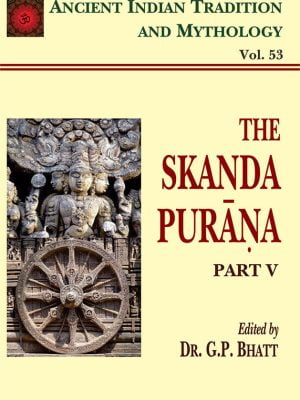

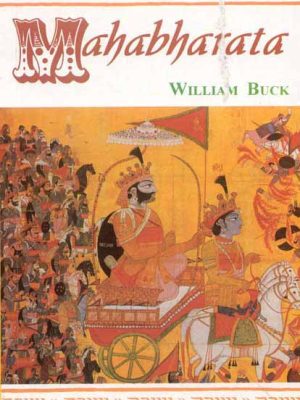

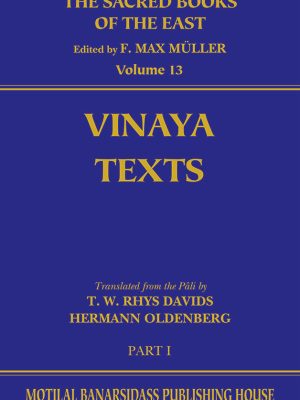
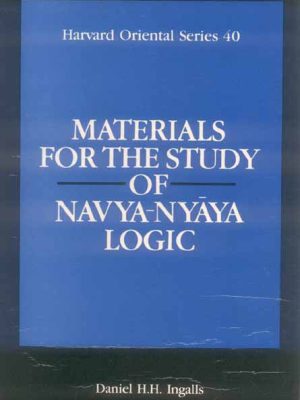




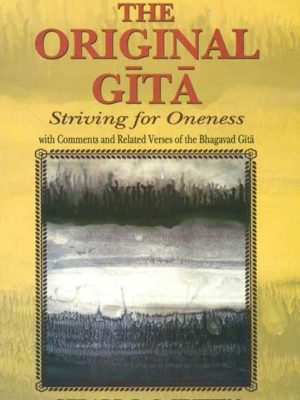

Reviews
There are no reviews yet.